June 18, 2025 | 23:03 GMT +7
June 18, 2025 | 23:03 GMT +7
Hotline: 0913.378.918
June 18, 2025 | 23:03 GMT +7
Hotline: 0913.378.918
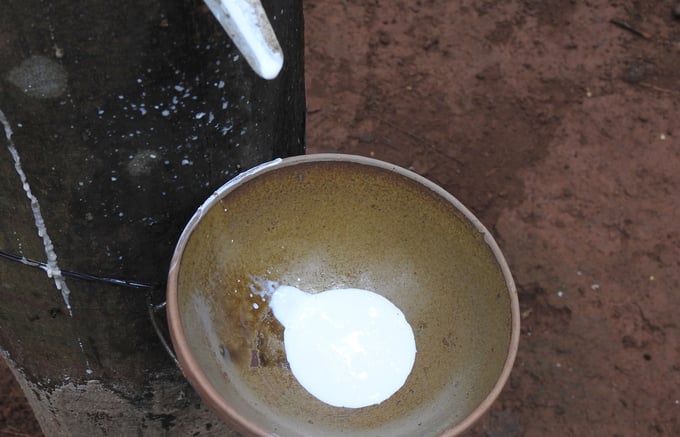
Typhoon Yagi has significantly affected the production of rubber latex in several Southeast Asian countries. Photo: Son Trang.
Rubber farmers in Tay Ninh Province are celebrating a sudden and rapid increase in rubber latex prices that started in early October. Vo Van Lu, a farmer from Lang Hamlet, Cha La Commune, Duong Minh Chau District, Tay Ninh Province, reported that the prices of rubber latex have maintained a rising trend since the beginning of the year, albeit at a low pace. However, local prices have jumped noticeably since late September.
Traders are currently purchasing rubber latex from Cha La Commune at over 400 VND per TSC, which is a significant increase compared to the corresponding period in 2023, when prices averaged below 300 VND per TSC. At the current prices, rubber farmers in Cha La are enjoying high incomes. Lu's family, which harvests rubber on one hectare of production land, currently earns more than one million VND per day from selling latex.
Rubber latex prices in the Southeast and Central Highlands regions have increased rapidly throughout September. According to the Ministry of Industry and Trade, domestic rubber latex prices have risen sharply in response to global market trends. Notably, several rubber companies are purchasing raw rubber latex at around 395 to 435 VND per TSC, which is an increase of 29 to 37 VND per TSC compared to late August.
The rise in rubber latex prices is not limited to Vietnam. Prices are also increasing considerably in many Southeast Asian countries, where heavy rains and storms severely affected rubber production activities. Furthermore, the recent Typhoon Yagi has heavily impacted rubber production in China, Thailand, Malaysia, and other countries, thereby disrupting the supply of raw rubber during the peak season.
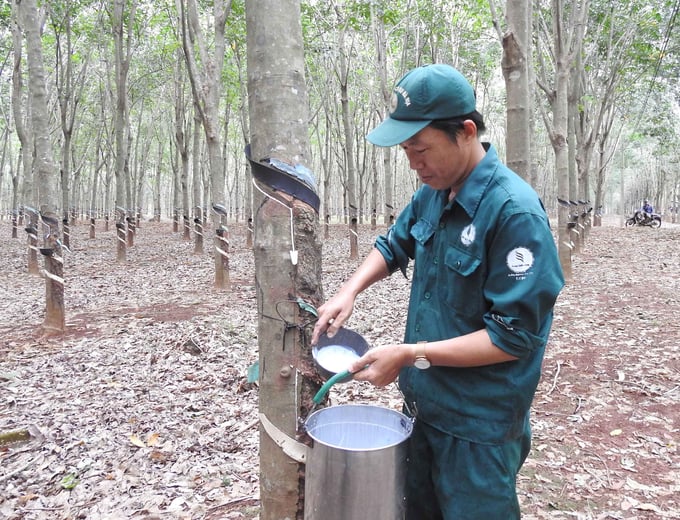
Rubber harvest workers at Ba Ria Rubber Company. Photo: Son Trang.
According to the Agency of Foreign Trade (Ministry of Industry and Trade), Typhoon Yagi has caused significant damage to key rubber production areas on Hainan Island (China), such as Lin Gao and Cheng Mai. Hainan Rubber Group reported that the typhoon damaged approximately 230,000 hectares of rubber plantations, with an expected reduction of 18,000 tons in dry rubber output. Although rubber tapping operations on Hainan Island have gradually resumed, adverse weather conditions, including heavy rainfall, continue to restrict raw material processing, which can result in supply shortages and difficulties in the collection of raw latex.
In Thailand, the prices of RSS3 rubber are on the rise. Accordingly, RSS3 rubber was priced at 87.25 Baht per kilogram (2.69 USD per kilogram) on September 27, 2024, which is an increase of 2.9% compared to the end of August 2024 and 57.4% compared to the corresponding period in 2023. Thailand's rubber production activities currently face numerous challenges due to continuous storms, which have disrupted latex harvesting activities.
Rubber prices on commodity exchanges have also reported a significant increase. According to the Osaka Exchange (OSE) in Japan, rubber prices have maintained an increasing trend throughout September 2024. On September 27, 2024, the nearby futures contract price for RSS3 stood at 401 Yen per kilogram (2.8 USD per kilogram), which is an increase of 3.6% compared to the end of August 2024 and 76.7% compared to the corresponding period in 2023. This marks the highest price level in several years.
On the Shanghai Futures Exchange (SHFE), the nearby futures contract price for RSS3 reached 17,110 CNY per ton (2.44 USD per kilogram) on September 27, 2024, which is an increase of 11.9% compared to the end of August 2024 and 36.5% compared to the corresponding period in 2023. As of the week ending September 15, 2024, China's natural rubber stockpiles stood at 1.17 million tons, marking a decrease of 14.8 thousand tons from the previous week.
Vietnam’s rubber export prices have also increased significantly in 2024. During the first eight months of the year, the average export prices for most types of Vietnamese rubber rose noticeably compared to the corresponding period in 2023. For example, Latex prices rose by 29.4%, RSS1 by 29.1%, RSS3 by 25.5%, Skim Block by 25%, SVR 10 by 20.3%, SVR CV50 by 20.3%, SVR 5 by 19.8%, and SVR 3L by 19.3%.
The rising rubber prices have prompted Vietnam’s rubber export revenue to grow proportionately, despite a decrease in export volume. The Agency of Foreign Trade estimated that in the first nine months of 2024, Vietnam exported nearly 1.37 million tons of rubber, for a total value of 2.18 billion USD. This is a decrease of 2.2% in volume but an increase of 16.4% in value compared to the corresponding period in 2023.
Translated by Nguyen Hai Long
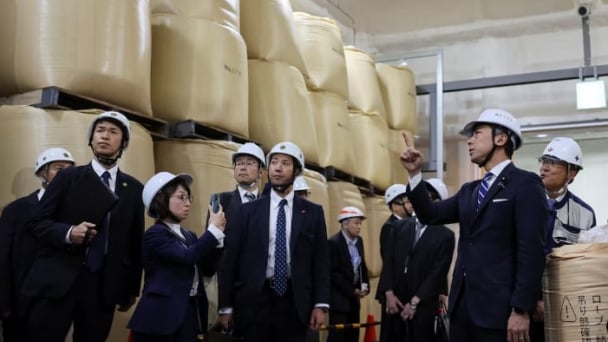
(VAN) Japan will release another 200,000 metric tons of rice from its emergency stockpile to tackle a doubling of prices since last year, Agriculture Minister Shinjiro Koizumi said on Tuesday.

(VAN) Coffee prices on June 13 declined sharply for Arabica. Domestic coffee market in Vietnam dropped by VND 2,000, trading at VND 111,500 – 112,300/kg.

(VAN) Coffee prices on June 12, 2025, continued to fall. Domestically, coffee prices decreased by another VND 2,000, trading at VND 111,500 – 112,300/kg.

(VAN) Coffee prices on June 11, 2025, fell sharply across global markets. Domestic coffee market dropped by VND 700, to the range of VND 113,500 – 114,300/kg.
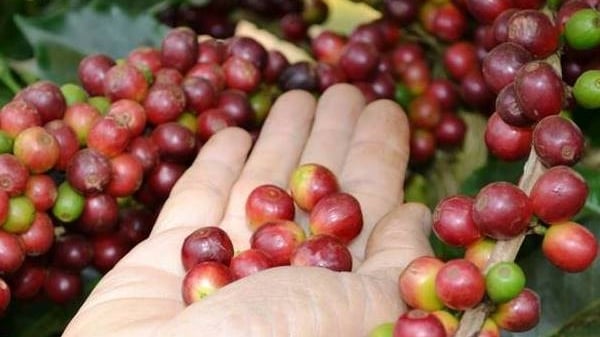
(VAN) Coffee prices on June 10 2025, rose sharply worldwide for Robusta. Domestic coffee market increased by VND 800, reaching VND 114,200 – 114,800/kg.
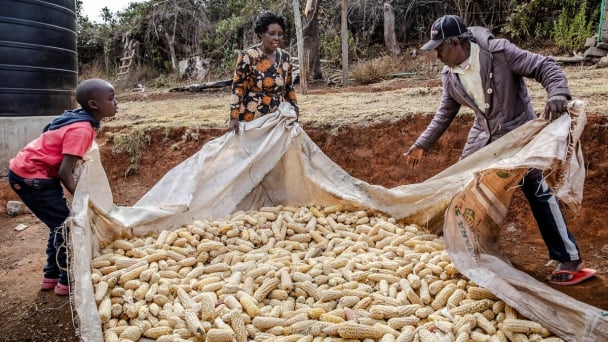
(VAN) New FAO forecasts point to record global cereal output with a partial rebound in stocks and trade.
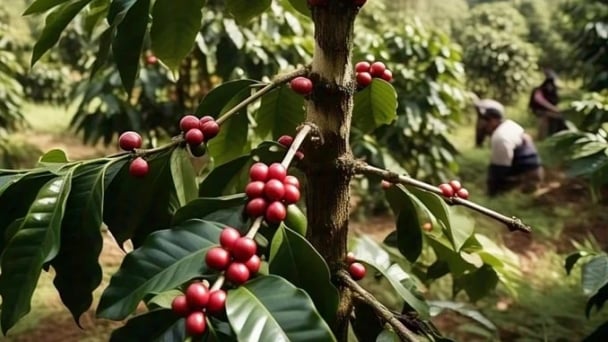
(VAN) Coffee prices on June 9, 2025, in domestic and global markets remain unchanged. Domestic coffee market is currently trading at VND 113,500 – 114,000/kg.